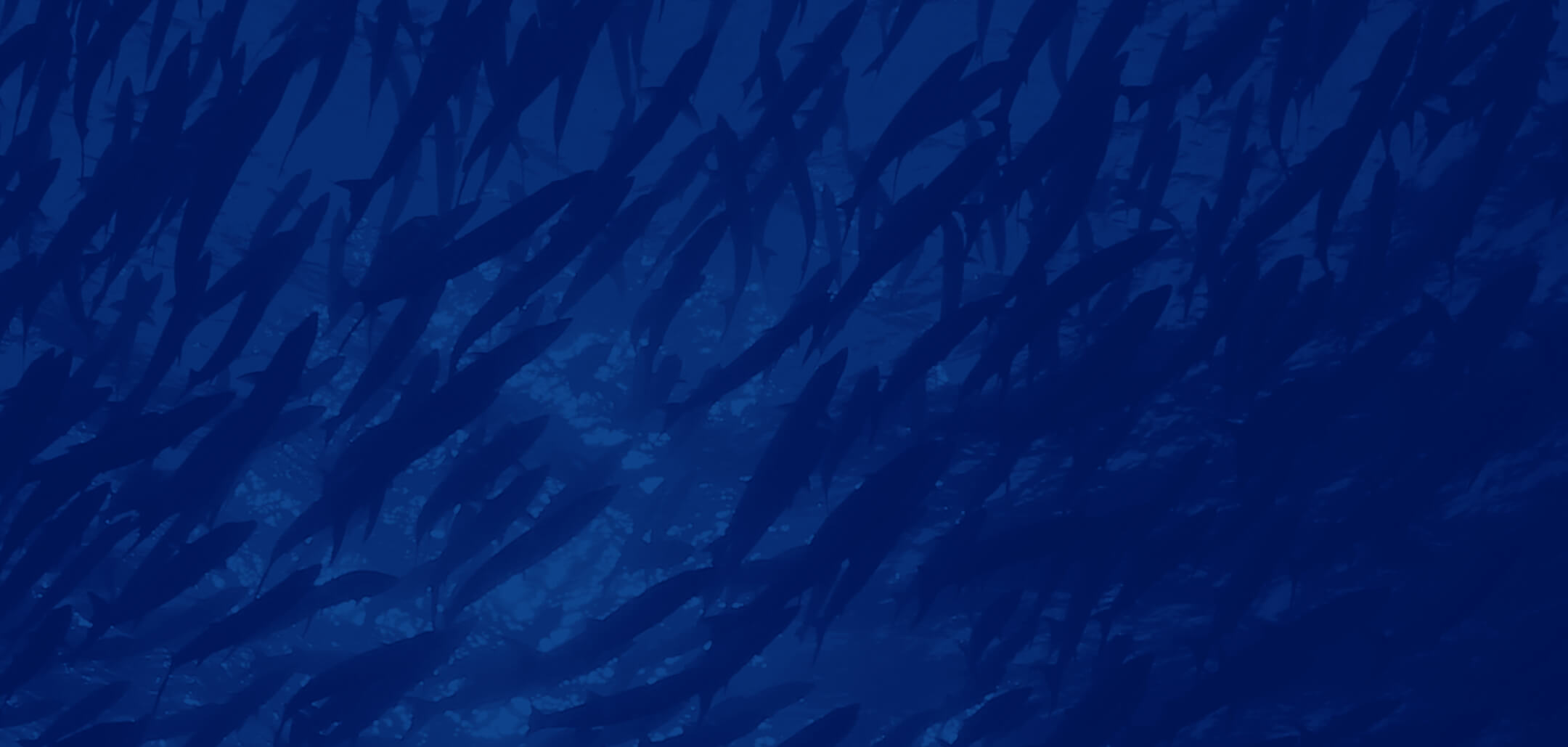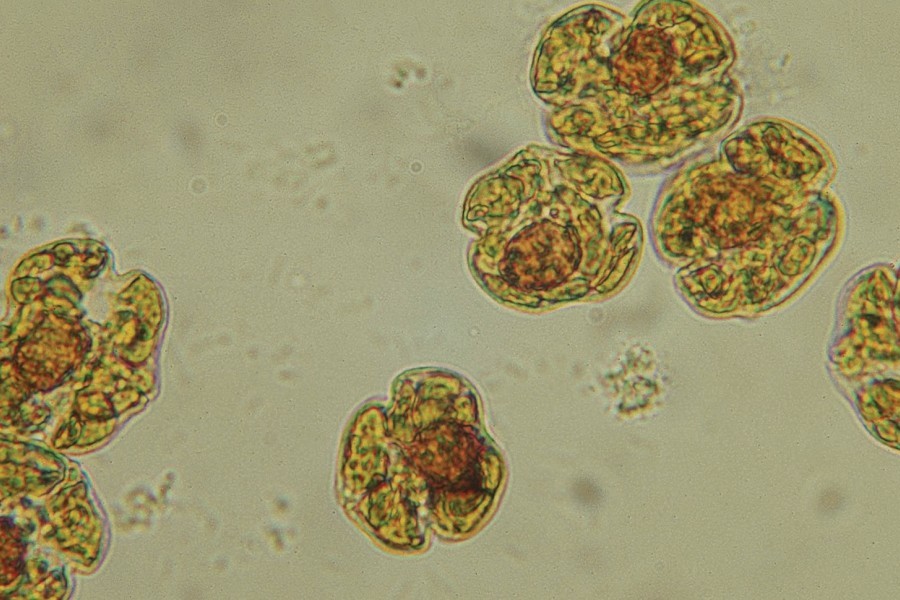Researchers are monitoring elevated levels of the naturally occurring Florida red tide algae, Karenia brevis, along southwest Florida. The public can follow online updates from multiple monitoring partners and even report coastal conditions using Mote Marine Laboratory’s smartphone app.
Red tide monitoring and prediction in Florida is accomplished through a unique collaboration between the Florida Fish and Wildlife Conservation Commission’s (FWC’s) Fish and Wildlife Research Institute, the Florida Department of Agriculture and Consumer Services (FDACS), the Florida Department of Health, Mote Marine Laboratory, the University of South Florida, National Oceanic and Atmospheric Administration (NOAA), county agencies, other private non-profit agencies, and citizen volunteers. The FWC-Mote Red Tide Cooperative Program leads joint research, monitoring and public education efforts focused on K. brevis red tide.
The single-celled K. brevis alga occurs naturally in the Gulf of Mexico and is observed throughout the year at concentrations considered to be “background.” Higher-than-normal concentrations of K. brevis can include “very low,” “low,” “medium,” and “high” levels. (Below is a table describing these concentrations and their possible effects.*)
In Southwest Florida over the past week, K. brevis was observed at background concentrations in one sample collected from Pinellas County, background concentrations in one sample collected from Manatee County, background to medium concentrations in 22 samples collected from or offshore of Sarasota County, background to medium concentrations in 12 samples collected from Charlotte County, background to medium concentrations in 17 samples collected from or offshore of Lee County, and background to medium concentrations in eight samples collected from Collier County.
Red tide concentrations elevated to levels low or above can cause respiratory irritation in humans and may also kill fish. Many factors, including algae distribution, currents and winds, can determine whether effects are noticeable. When a person leaves an area with a red tide, symptoms usually go away. People with asthma, COPD or other chronic respiratory conditions are cautioned to avoid areas with active red tides.
Blooms of Florida red tide can be very patchy, with background to high concentrations occurring in close proximity to one another. Therefore, effects may be noticeable on one beach but not on a nearby beach.
Monitoring results and tips from Sarasota County scientists
In Sarasota County, water samples are collected weekly at 16 locations by the Sarasota Healthy Beaches program of the Florida Department of Health and analyzed for K. brevis cells by Mote, which contributes its local data to FWC’s statewide reports. In addition, Mote operates the Beach Conditions Reporting System, which provides daily condition updates for multiple Gulf Coast beaches.
Smartphone users can also download Mote’s free app, Citizen Science Information Collaboration (CSIC), from the App Store or Google Play. The app allows users to report when and where they experience respiratory irritation or see discolored water or dead fish — all potential indications of Florida red tide.
This week’s results from local to statewide partners will be included in FWC’s upcoming statewide report expected today, March 9.
Florida-wide red tide resources:
- To report fish kills, contact the FWC Fish Kill Hotline at 800-636-0511 or submit a report online.
- FWC’s statewide red tide status reports (on abundance of K. brevis algae) are typically updated every Friday afternoon.
Based on statewide results, the National Oceanic and Atmospheric Administration provides forecasts of potential respiratory irritation. - Mote’s CSIC app allows users to report when and where they experience respiratory irritation or see discolored water or dead fish — all potential indications of Florida red tide.
- Mote’s Beach Conditions Reporting System provides shoreline observations as often as twice daily.\
- Red tide background info from Mote and FWC (including FAQs).
- Red tide and human health – information and rack cards from Florida Department of Health.
- FWC’s red tide offshore monitoring program – a way for volunteers to help.
- FWC-Mote Facebook page, Florida Red Tide and Other Harmful Algal Blooms.
*Karenia brevis cell counts and meanings

Source: FWC/FWRI


